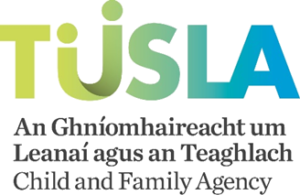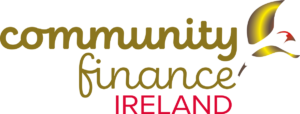Voluntary Board of Management
The aim of a Family Resource Centre is to combat disadvantage and improve the function of the family unit. The Family and Community Services Resource Centre Programme encourages individuals, families and communities to find ways of tackling the problems that they face. Each Family Resource Centre is managed by a group of local volunteers. Volunteers that receive public funding and employ staff need to have a legal structure in place so each Centre is constituted as a company limited by guarantee with no share capital.
Voluntary Management Team members work together to manage the activities of the Centre and to ensure that the aims and objectives of the Centre are fulfilled. The Voluntary Board of Management includes representation from the local community and people who are likely to benefit from the work of the Centre.
The Voluntary Board of Managemnt is legally and financially responsible for the overall management of the Centre. When talking about management it is helpful to distinguish between strategic management and the day to day management of the work of the organisation. Strategic management is concerned with providing leadership and direction, agreeing a work plan that details the vision, aims and objectives of the Centre and drafting the policies and procedures that are required to monitor the implementation of that work plan. The day to day management of the Centre is concerned with what work is done, when it should be done, who is responsible for doing it and to what standard it should be done.
The Voluntary Board of Management manages all of the following:
Source: West Training and Development, Resource Pack for Voluntary Directors



